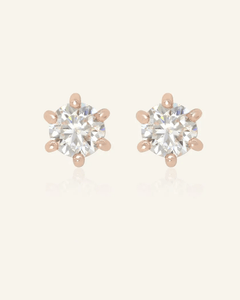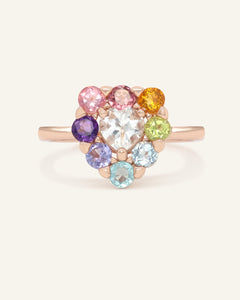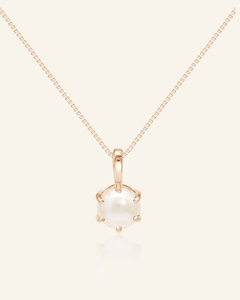— A peek into the earth’s quietest magic trick
When you hold an opal in your hand, you’re not just wearing a gemstone, you’re wearing millions of years of earth’s quiet work. From desert plains to ancient seabeds, opals are born in the most unlikely of places. But how exactly does a stone so full of light come from rock and water?
Let’s break it down.
💧 It All Starts With Water
Opals begin their journey in the ground, not as crystals, but as water. Millions of years ago, rainfall would soak into dry, silica-rich rocks (think ancient sandstone or volcanic ash). This water, full of dissolved silica, trickled down into tiny cracks and voids underground.
Slowly - very slowly - the water evaporated. And as it did, it left behind microscopic spheres of silica. These stacked up, layer by layer, filling in the gaps like nature’s own mosaic.
🔬 The Science of the Sparkle
So why do opals flash with so many colors? It comes down to those tiny silica spheres.
If they settle in an orderly pattern, they create what's called precious opal - the kind that shimmers and glows. The regular spacing of the spheres bends light as it passes through, separating it into all the colors of the rainbow. This is called diffraction, and it’s what gives opals their signature play-of-color.
If the spheres are randomly arranged, the result is common opal - still beautiful, but without that signature fire.
🌍 Why Opals Are So Rare
Here’s the thing: conditions have to be just right for opal to form - and even more perfect for precious opal to appear.
-
The water must be rich in silica.
-
The rock must have fine cracks or empty spaces.
-
The evaporation must be extremely slow and steady.
-
And the silica spheres must align just so.
If even one of these doesn’t happen, you don’t get gem-quality opal. That’s why high-quality natural opals are so rare - and so treasured.
💫 A Gift From Time Itself
Natural opals aren’t mined from deep within the earth like diamonds. They’re often found near the surface, in dry regions like the Australian outback. But don’t let that fool you - each one still took millions of years to form.
So when you wear an opal, you’re not just adding a touch of glow. You’re wearing a piece of earth’s quiet history, shaped by water, time, and chance.
Natural beauty that can’t be duplicated.
✨ Discover our one-of-a-kind opal collection [here].



